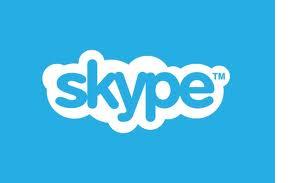
Microsoft, who acquired the VOIP service, Skype back in 2011, has now released its 6.2.0.1117 version that boasts a brand new feature to its iPhone, Mac and Android apps. This new feature is basically a ‘Video Messaging’ service and enables users to send pre-recorded messages to their family, friends and others. Therefore, even if a user’s contacts are not online he or she can send them video message through this newly added feature. In short, this new feature of Skype is a nifty and convenient video voicemail service for users.
This new feature can be located in the Conversations menu of the latest edition of Skype that is listed among the options as “Send Video Message.” iPhone, Mac and Android users can use to send video messages to their contacts on this VOIP service and software, as this novel feature automatically loads a familiar video screen that sports a cancel and record button. The maximum length of these pre-recorded video messages is no more than three minutes and a user can send twenty free messages from this newly added feature after which Skype will start demanding for payment.
As far as users of Windows are concerned, they will have to wait a little before they will finally be able to get this pre-recorded Video Messages feature, but for the time being they can receive such messages. Sharing information with The Verge a spokesperson of Skype said that the new feature will be made available to the platform, though: “We’re pleased that there’s interest for Video Messaging to come to Skype for Windows and Skype for Windows 8. We’ll let you know when we expand the service to the platform.”
To the extent iPhone, Mac and Android users are concerned they can enjoy this new feature if they have the latest edition of Skype. Those, who have not downloaded it yet, should better get it to avail the service. Skype has made contact with The Next Web and made the following comment on the new feature:
“Video Messaging is in early release for testing in several markets for Android, iOS, and Mac with functionality to send and receive video messages. Users in these markets across all Windows desktop and mobile platforms can receive messages, too. We will have send capability in Windows by end of April. In the meantime, we continue to test this new feature in its early release.”
Source: TNW